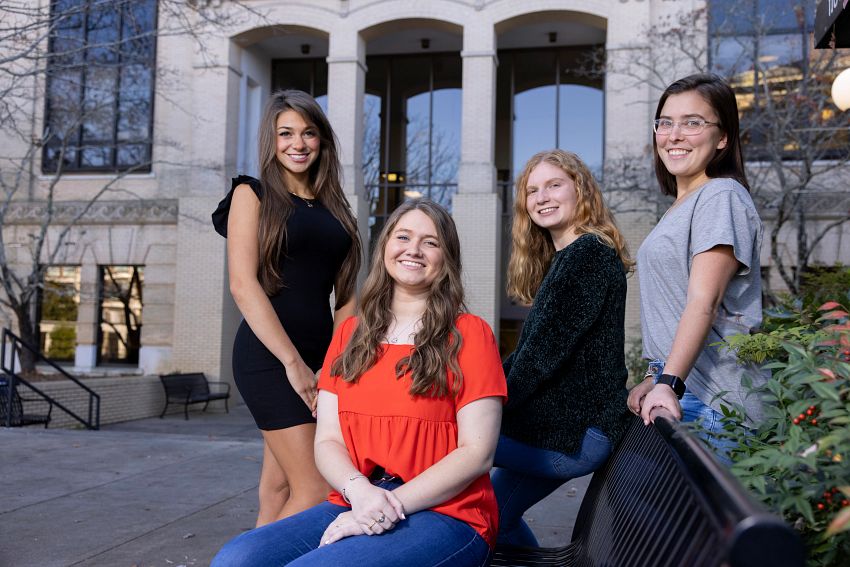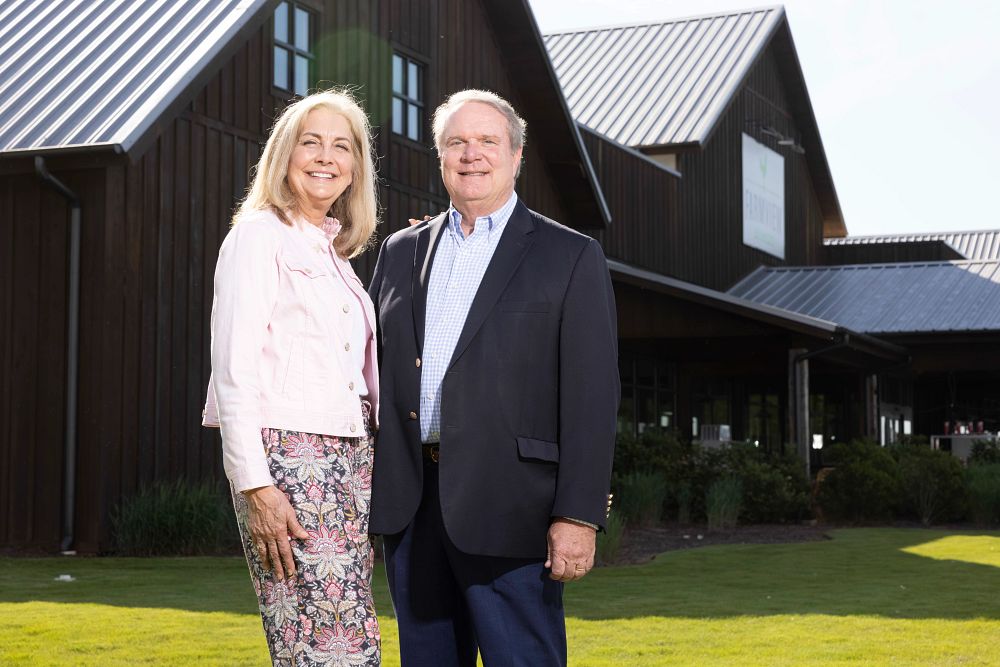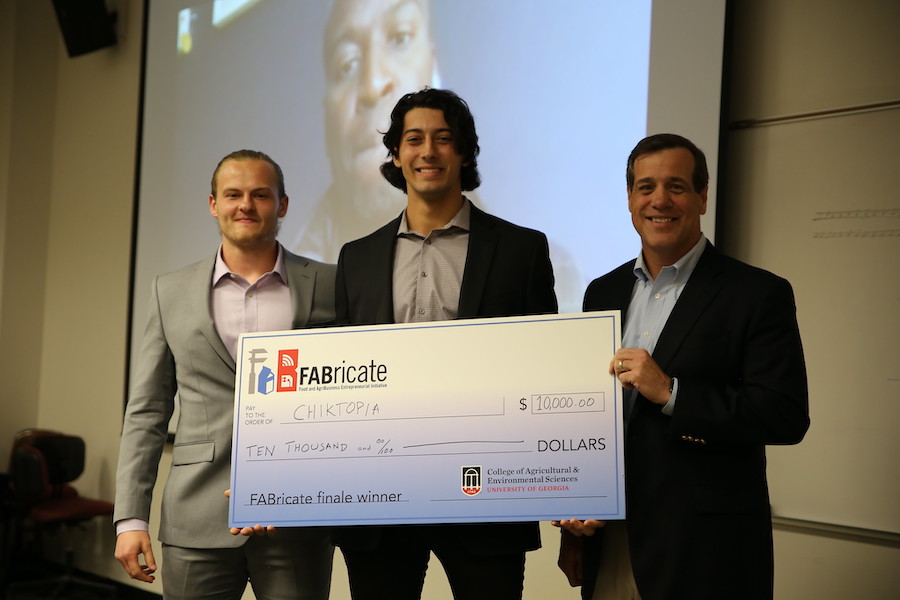 CAES News
CAES News
2022 Rural Scholars
As the inaugural cohort of the Rural Scholars Program completes their first year in the University of Georgia’s College of Agricultural and Environmental Sciences, the next cohort of three scholars has been chosen.


.png)
.jpg)




.jpg)